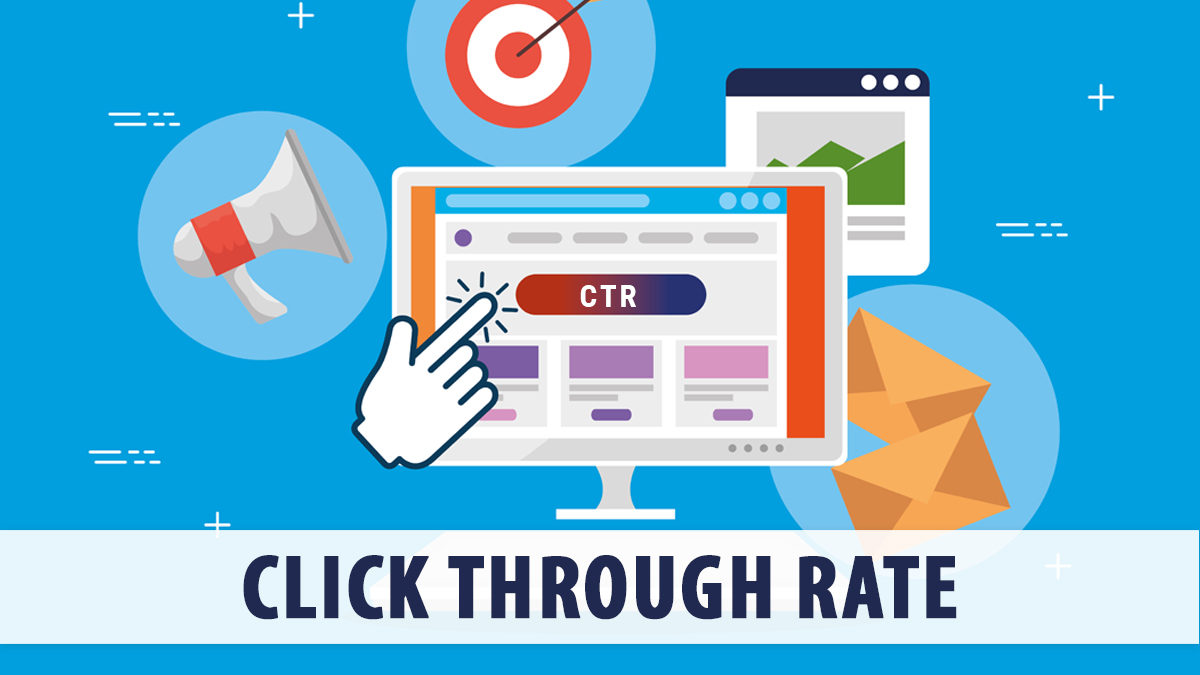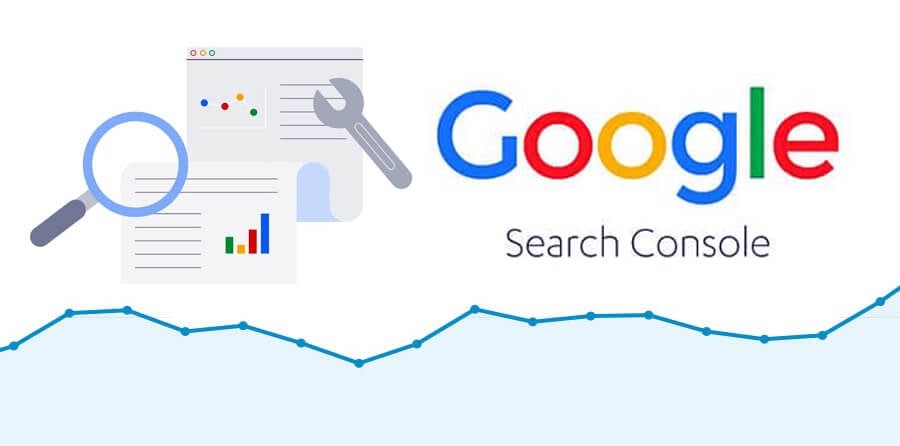Unlocking the Power of Organic Traffic: A Comprehensive Guide
Learn how to increase your organic traffic with these actionable SEO tips and strategies. Boost your website's visibility and attract more visitors naturally.

-
Introduction
Organic traffic is the lifeblood of successful websites, offering sustainable growth by attracting visitors naturally through search engines. Unlike paid traffic, organic traffic doesn't require continuous investment, making it a cost-effective strategy for long-term success. In this guide, we'll explore what organic traffic is, why it matters, and how you can boost it using proven SEO techniques.
-
What is Organic Traffic?
Organic traffic refers to visitors who land on your website from unpaid search results on search engines like Google. These visitors find your site because it ranks high in the search engine results pages (SERPs) for relevant keywords. Organic traffic is crucial because it indicates that your site is visible and relevant to users searching for information, products, or services that you offer.

-
Why is Organic Traffic Important?
- Cost-Effective: Once your content ranks high, it can attract traffic continuously without additional costs.
- Trust and Credibility: High rankings in search results can enhance your site's credibility and trustworthiness.
- Sustainability: Unlike paid ads, which stop generating traffic once you stop paying, organic traffic continues to flow as long as your SEO efforts remain effective.

-
How to Increase Organic Traffic:
-
Keyword Research: Conduct thorough keyword research to find terms your target audience is searching for. Use tools like Google Keyword Planner, SEMrush, and Ahrefs to identify high-volume, low-competition keywords.

-
Quality Content: Create high-quality, informative, and engaging content that addresses the needs and questions of your audience. Regularly update your content to keep it relevant and fresh.

-
On-Page SEO: Optimize your website's on-page elements, including title tags, meta descriptions, headers, and URL structures. Ensure your site is mobile-friendly and has a fast loading speed.

-
Backlinks: Build high-quality backlinks from reputable websites to improve your site's authority and rankings. Focus on earning links naturally through guest blogging, creating shareable content, and engaging with industry influencers.

-
User Experience (UX): Improve the overall user experience on your site by making it easy to navigate, visually appealing, and accessible. A positive user experience can lead to lower bounce rates and higher engagement.

-
Technical SEO: Ensure your website is technically sound by fixing broken links, using HTTPS, creating an XML sitemap, and optimizing your site's crawlability.

-
-
Measuring and Analyzing Organic Traffic:
Use tools like Google Analytics and Google Search Console to track your organic traffic. Analyze metrics such as sessions, bounce rate, average session duration, and conversion rates to understand how your audience interacts with your site and identify areas for improvement.

-
Conclusion
Increasing organic traffic is a multifaceted process that involves optimizing your content, website structure, and user experience. By implementing the strategies outlined in this guide, you can improve your site's visibility in search engines, attract more visitors, and ultimately drive sustainable growth for your business.















